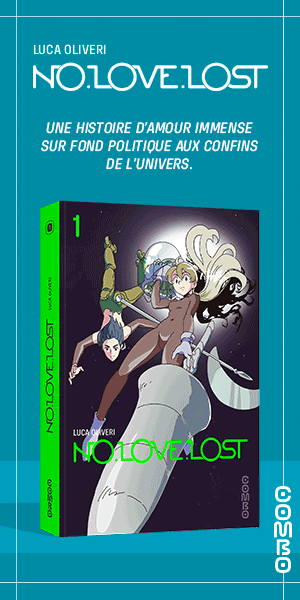Nomen Omen Tome 1 : Total Eclipse of the Heart
Extraits

Tourisme étranger
Moroccan tracks Volume 11. The sagho djebel
08/2022

Non classé
The Central Women Figures in Carl Zuckmayer's Dramas
12/1978
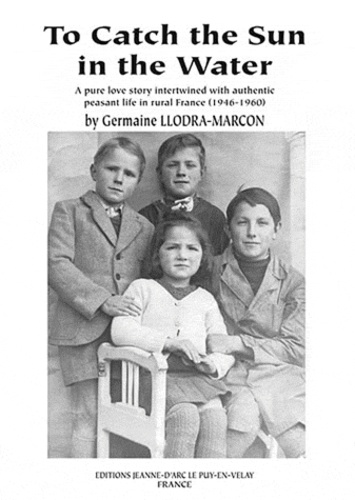
Critique littéraire
To catch the sun in the water
07/2001

Littérature française
Handicapped
10/2020

Shonen/garçon
The Dangers in my heart. Tome 1
09/2023

Romance sexy
Heart Players Tome 1 : The Bucket List
05/2023
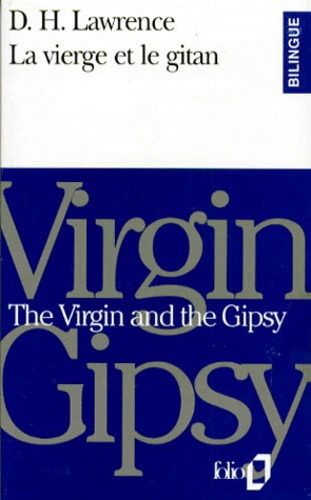
Anglais apprentissage
LA VIERGE ET LE GITAN : THE VIRGIN AND THE GIPSY
02/1993
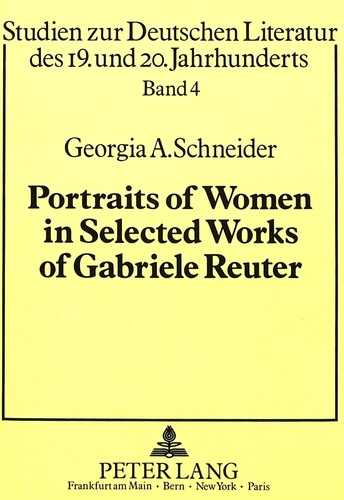
Non classé
Portraits of Women in Selected Works of Gabriele Reuter
12/1987

Histoire internationale
Dealing with the Devil
03/2010

Sciences politiques
The Transmission of Well-Being
10/2009

Non classé
Labouring Lives
10/2014
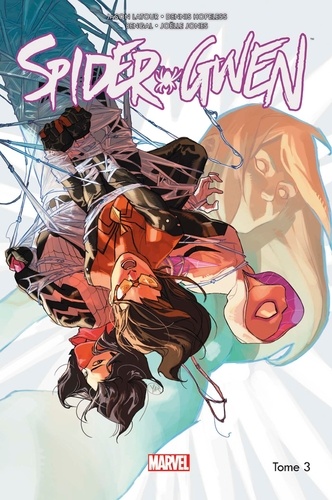
Comics
Spider-Gwen Tome 3 : Spider-Women
01/2017
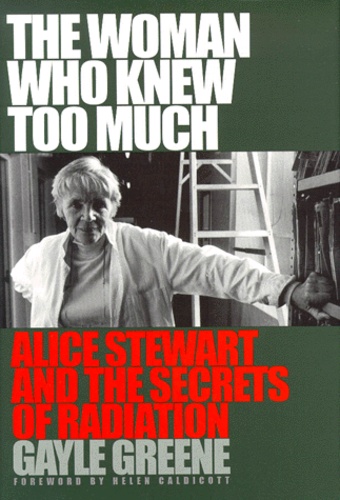
Histoire et Philosophiesophie
THE WOMAN WHO KNEW TOO MUCH. Alice Stewart and the secrets of radiation
02/2000
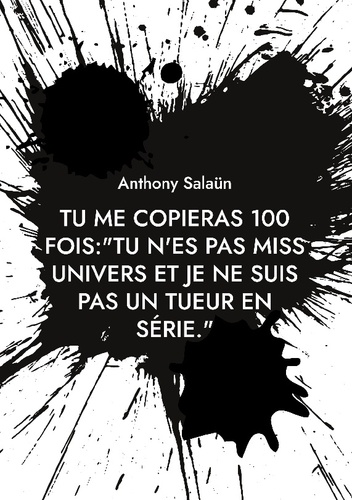
Littérature française
Tu me copieras 100 fois:"Tu n'es pas Miss Univers et je ne suis pas un tueur en série.". Devoir
03/2024

Non classé
She’s Leaving Home
06/2011

Thèmes photo
RED for Executive Women
11/2021
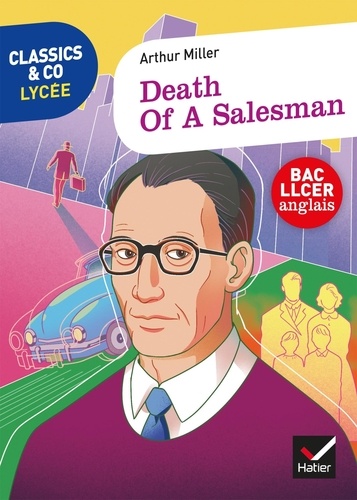
Lectures graduées
Death of a Salesman
08/2021

Economie
Employment, Well-Being and Gender
04/2012

Histoire internationale
After The Last Ship
04/2014

Généralités
Women's voices. echoes of life experiences in the alps and the plain (17th -19th centuries). Actors, Networks, and Socio-Cultural Activities
10/2023
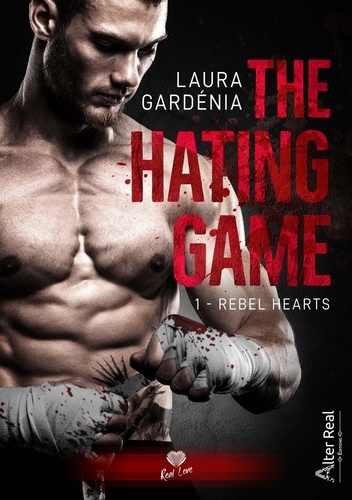
Roman d'amour, roman sentiment
Rebel Heart. The Hating Game #1
02/2022

Littérature française
Sunflower at the eclipse
10/2017
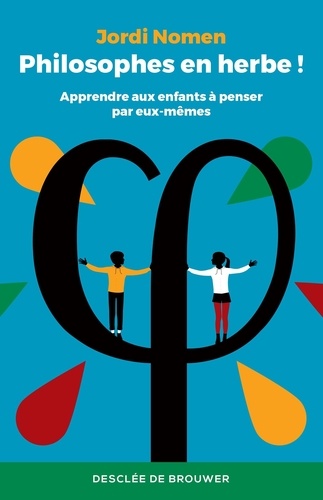
Pédagogie
Philosophes en herbe !
08/2019
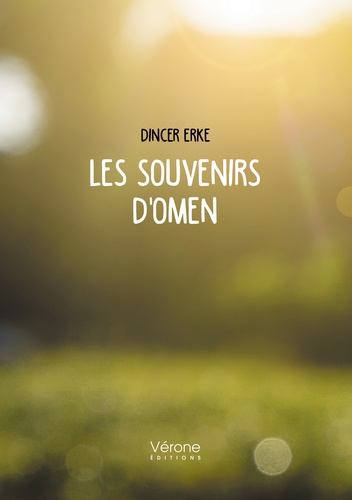
Littérature française
Les souvenirs d'Omen
04/2022
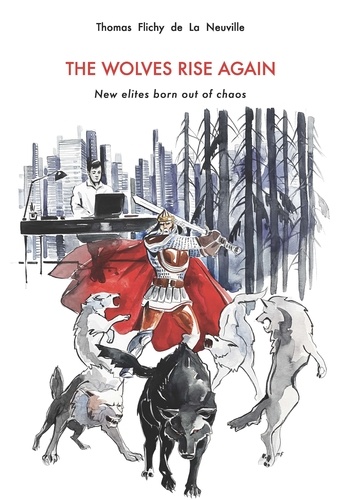
Ethnologie et anthropologie
The Wolves Rise Again. New elites born out of chaos
06/2022

Monographies
Venice. A Private Invitation
09/2022

Anglais apprentissage
Acacia thorn in my heart
09/2001
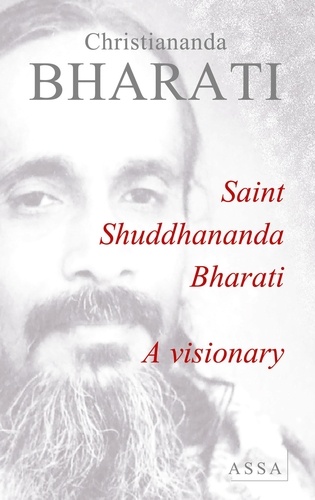
Littérature française
Saint Shuddhananda Bharati A visionary
11/2013

Beaux arts
New worlds
10/2012
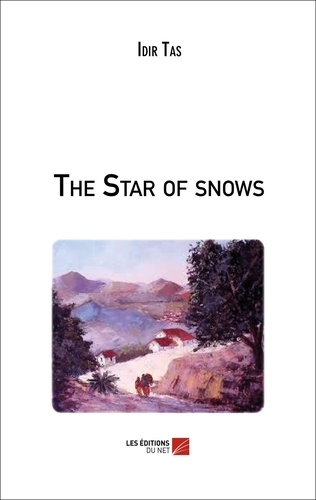
Littérature française
The Star of snows
08/2016

